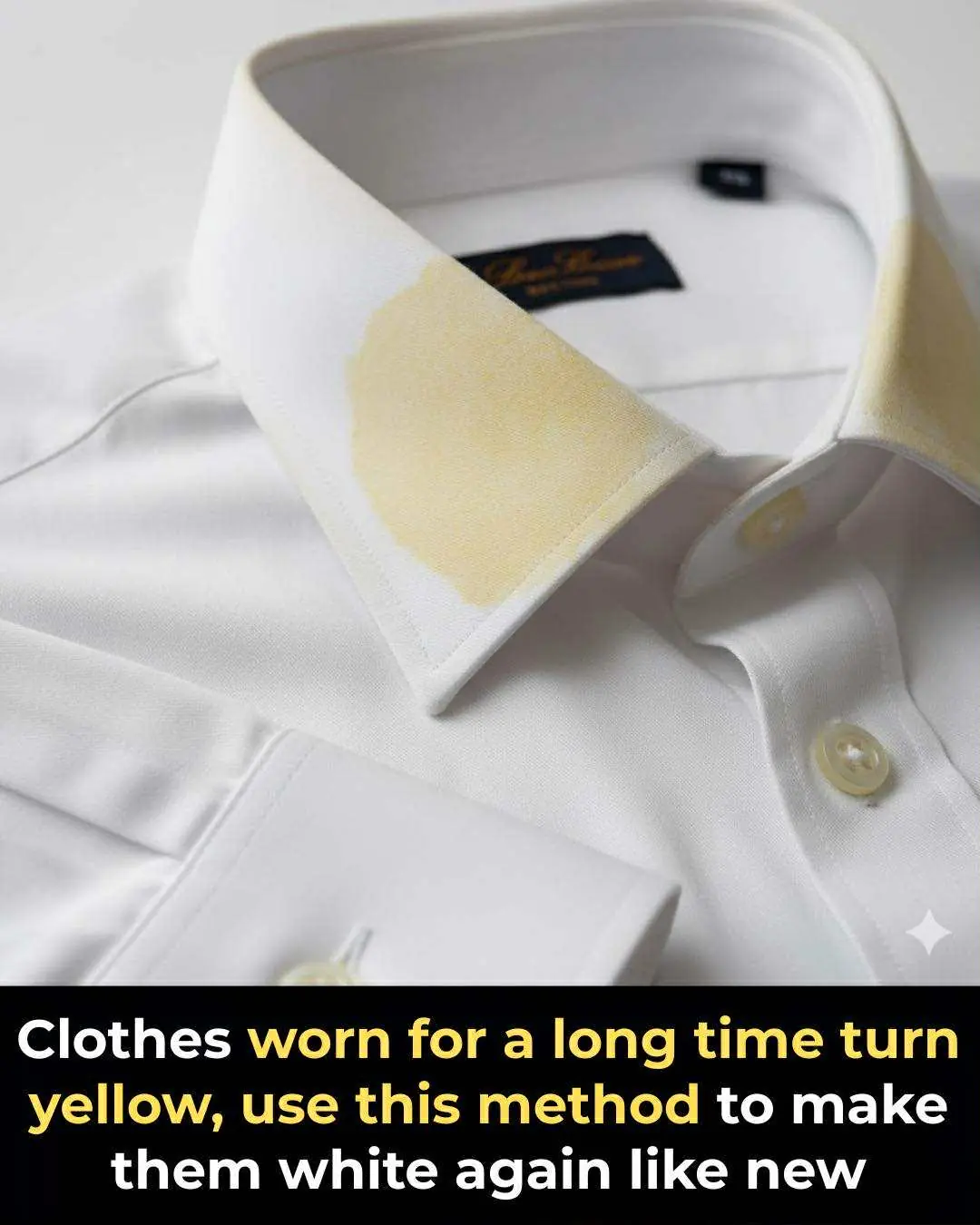
Why you should bring a piece of paper when buying rice: Knowing the reason, you will want to follow it immediately
How to Tell Whether the Rice You Buy Is New or Old — Just Bring a Sheet of Paper With You!
Rice is the staple food in most Vietnamese meals, and the quality of the rice determines whether the cooked grains turn out soft, fragrant, and delicious. But how can you tell if the rice you’re buying is fresh and of good quality?
In general, rice comes in two types: pre-packaged rice and bulk rice sold in open containers. Packaged rice usually includes a clear production date on the label, making it easy to judge its freshness. However, bulk rice often lacks this information, so you need to rely on a few simple techniques to determine whether the rice is new or has been stored for too long.
1. Use a Tissue Paper Test
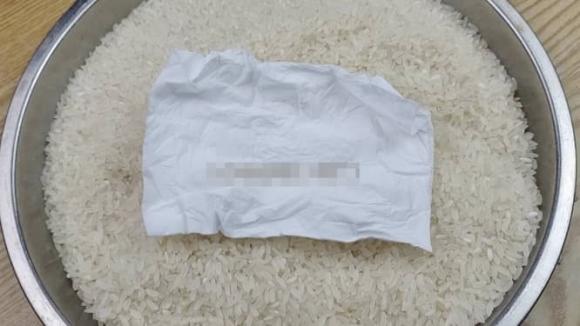
This is a surprisingly effective method — and all you need is one sheet of tissue paper.
Place a small handful of rice on the tissue, gently press it with your hand for about ten seconds, then lift your hand and let the rice fall back naturally. Now observe the tissue:
-
If the paper is clean with only a few grain marks, the rice is fresh and of high quality.
-
If there are oily, waxy, or sticky marks, and some grains cling to the tissue, the rice is likely old, oxidized, or mixed with lower-grade rice. It may even contain preservatives or additives that increase its oiliness — this is a sign you should avoid it.
Why this method works:
Fresh, high-quality rice naturally has lower moisture and oil content. In contrast, old or poor-quality rice may absorb humidity, release surface oil, or contain added chemicals. The tissue easily absorbs these residues, allowing you to assess its condition with a simple visual check.
2. Observe the Color of the Rice
Although rice is generally pale white, its appearance varies depending on the variety and storage conditions.
-
Fresh rice tends to look translucent, slightly glossy, and evenly white.
-
Old rice may appear dull, yellowish, or greyish, indicating oxidation or prolonged storage. Such rice typically has reduced nutritional value and a weaker aroma, and the cooked grains may not be as fluffy or fragrant.
A consistent, vibrant color often signals proper processing and good storage conditions.
3. Smell the Rice
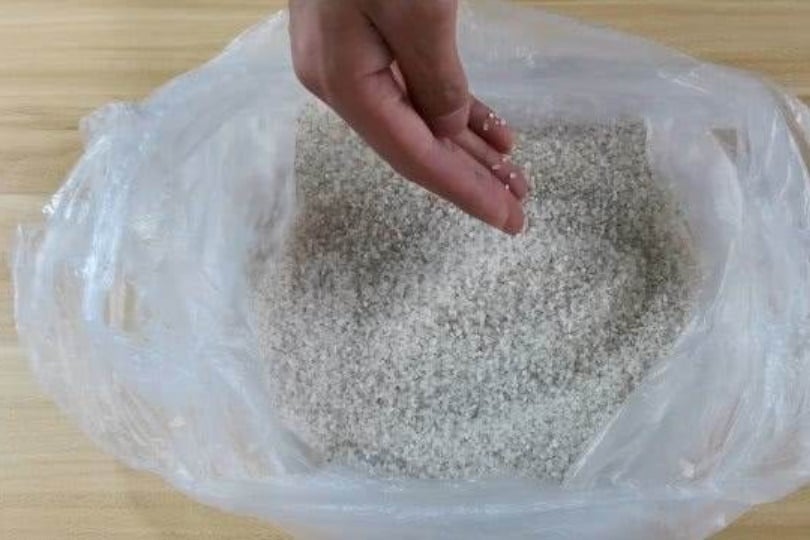
Fresh rice naturally has a light, pleasant, and clean aroma. When buying bulk rice, you can warm a few grains between your palms and then smell them:
-
If the fragrance becomes clearer and natural, the rice is likely fresh.
-
If there is no aroma, or worse, a musty, sour, or chemical smell, the rice may be expired, moldy, or contaminated.
This method works because gentle heat releases the natural scent compounds present in good rice.
4. Chew a Few Grains
If possible, taste a couple of raw grains:
-
Quality rice feels firm but not hard, slightly sweet, with a subtle aroma.
-
Low-quality rice may be too soft, chalky, brittle, or have no flavor at all. Some old rice loses its natural sweetness and may leave an unpleasant aftertaste.
Chewing rice gives you a direct sense of its starch structure and freshness — something that cannot be easily faked.
Final Thoughts
Choosing good rice is not difficult once you know what to look for. A simple tissue test, combined with checking color, scent, and texture, can help you quickly identify fresh, high-quality rice even when buying in bulk. With these tips, you can feel confident that every meal you cook will be fragrant, soft, and satisfying.
News in the same category


How to remove fishy smell in the refrigerator with simple ingredients
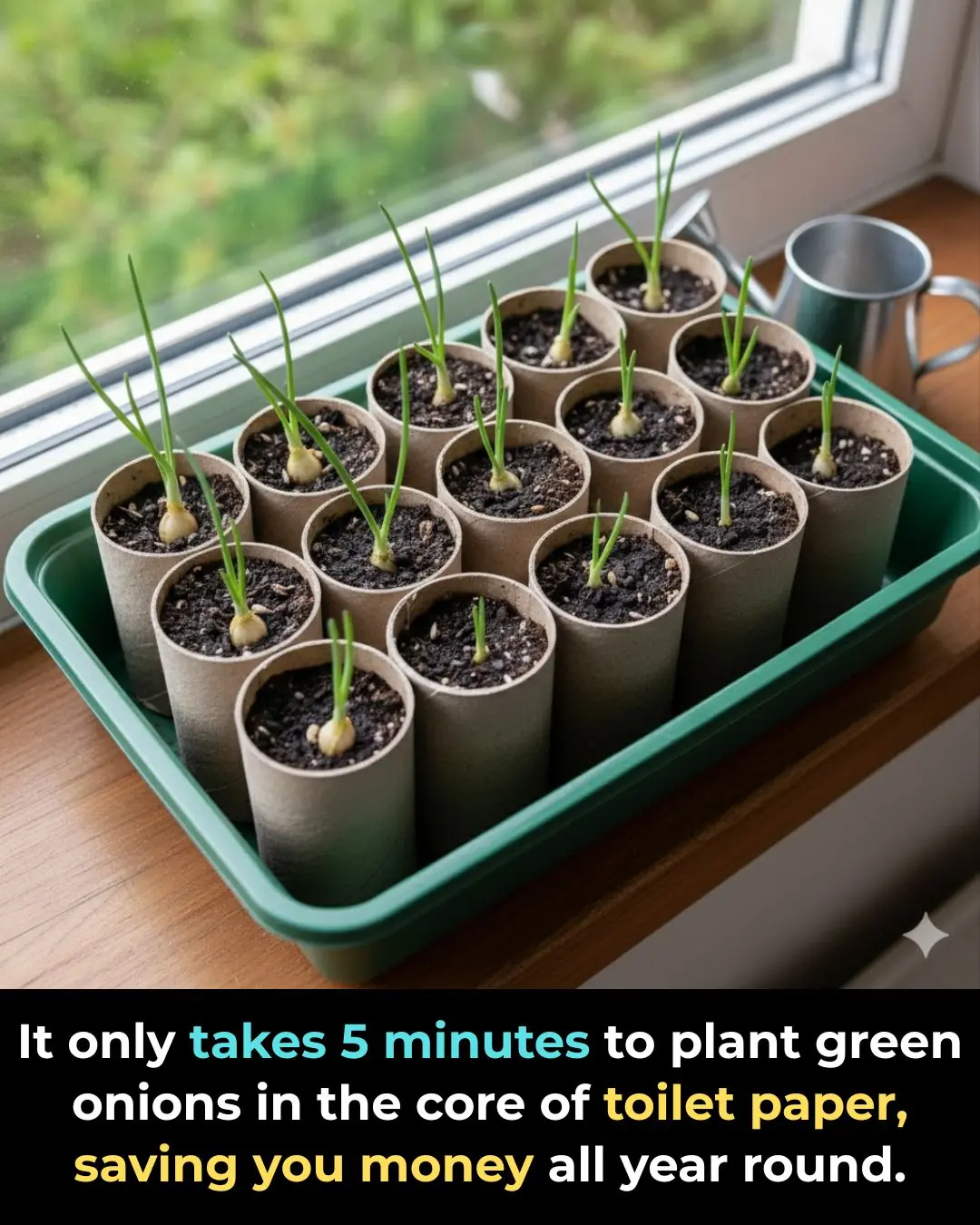
It only takes 5 minutes to plant green onions in the core of toilet paper, saving you money all year round.
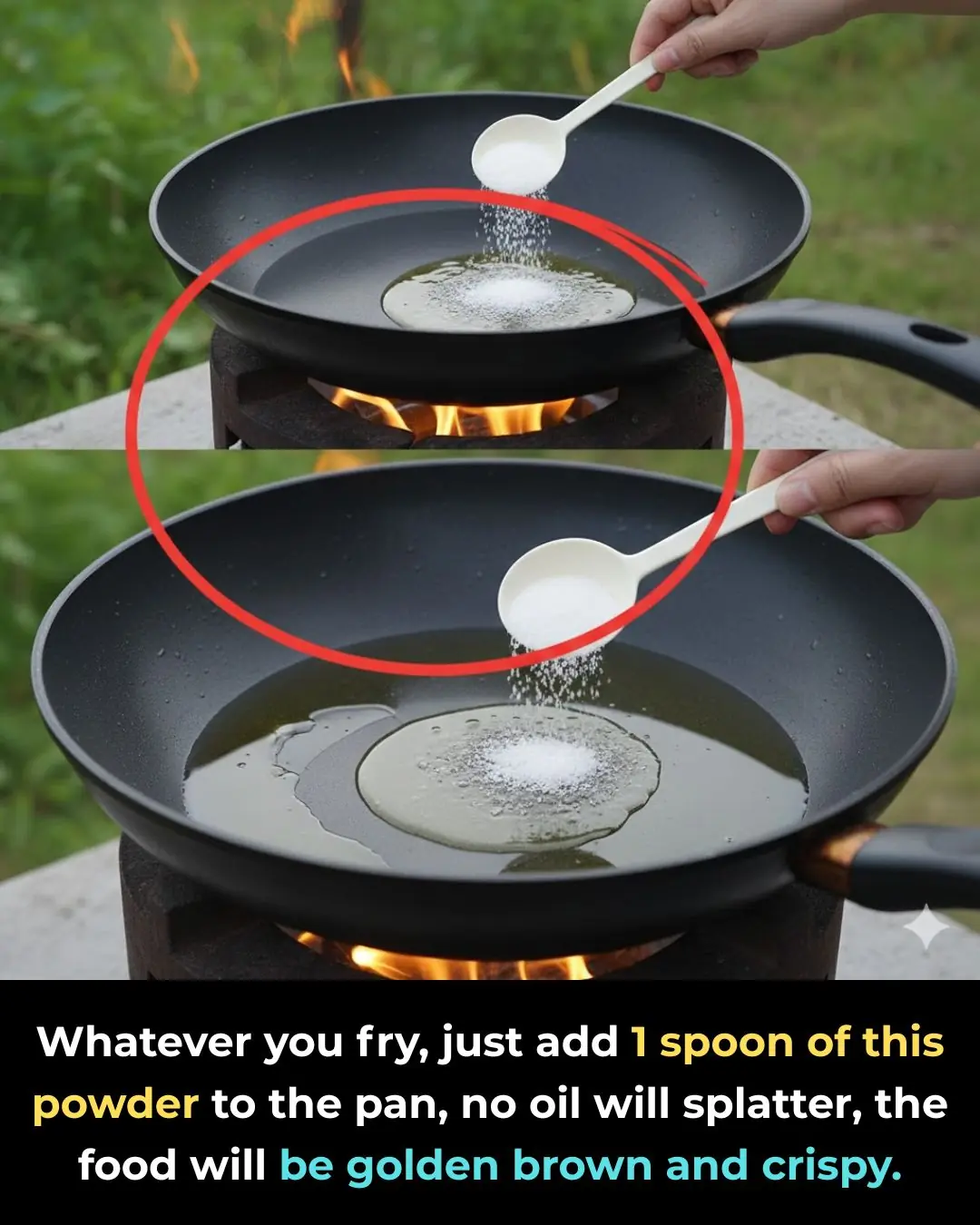
Whatever you fry, just add 1 spoon of this powder to the pan, no oil will splatter, the food will be golden brown and crispy.
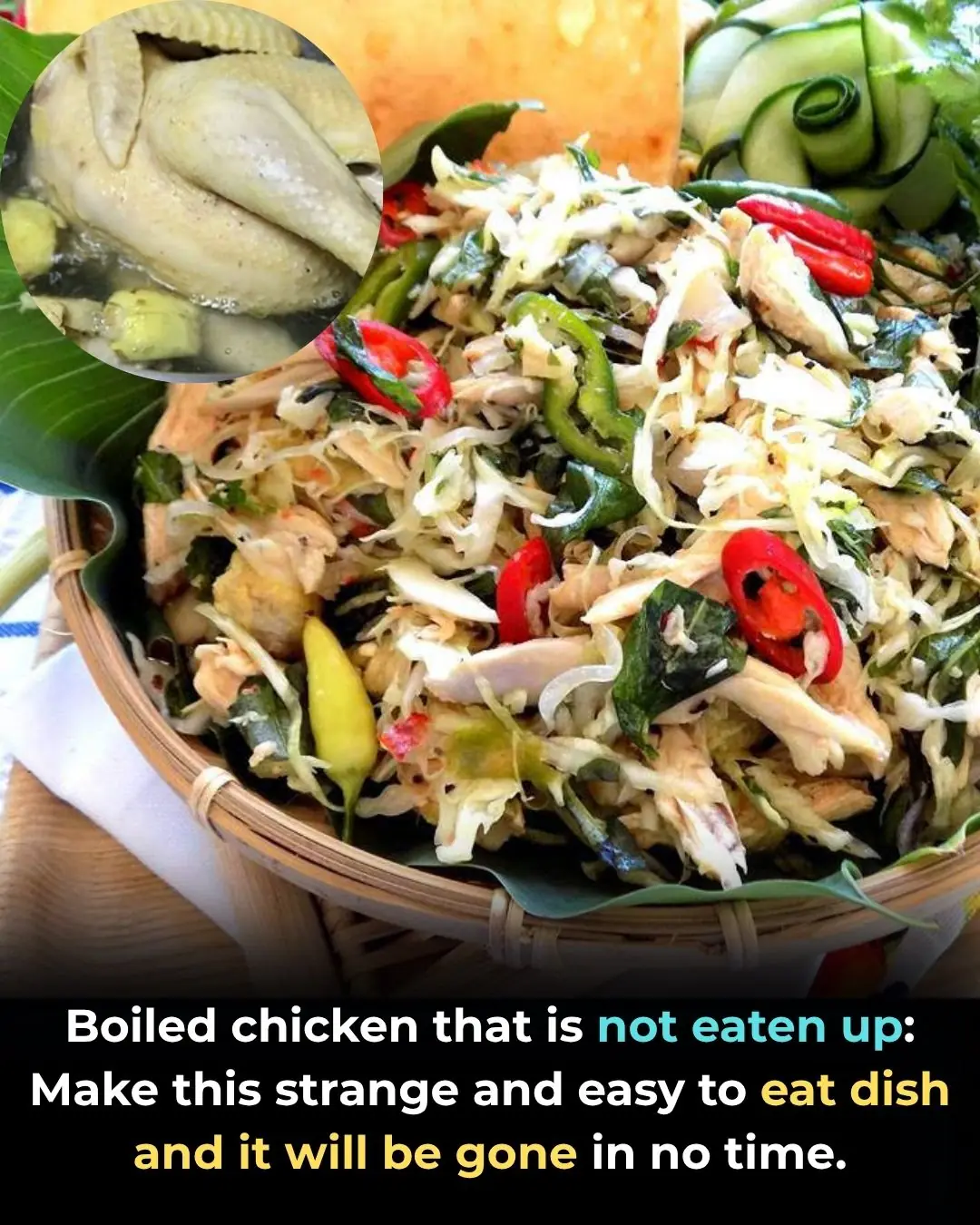
Boiled chicken that is not eaten up: Make this strange and easy to eat dish and it will be gone in no time.
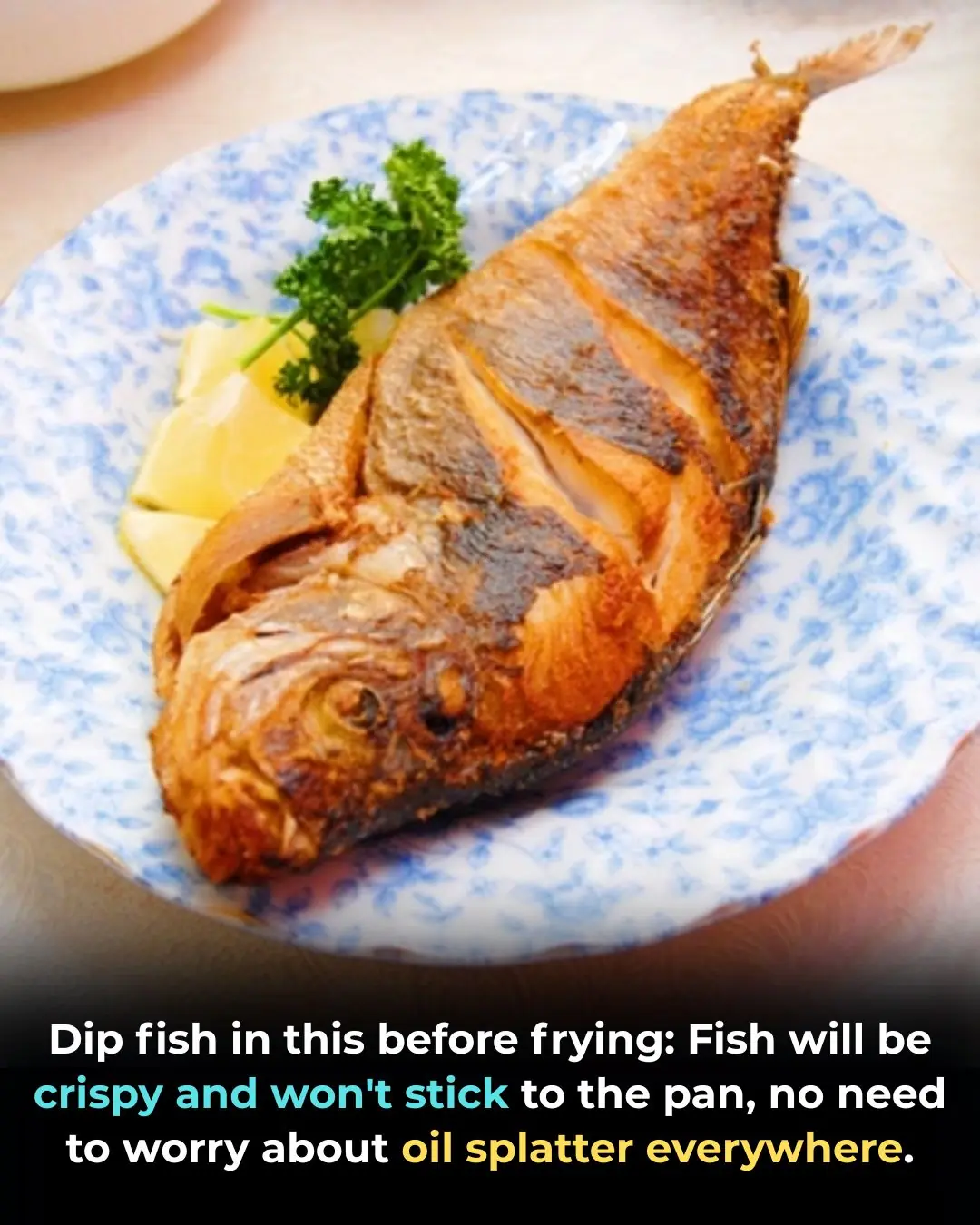
Dip fish in this before frying: Fish will be crispy and won't stick to the pan, no need to worry about oil splatter everywhere.
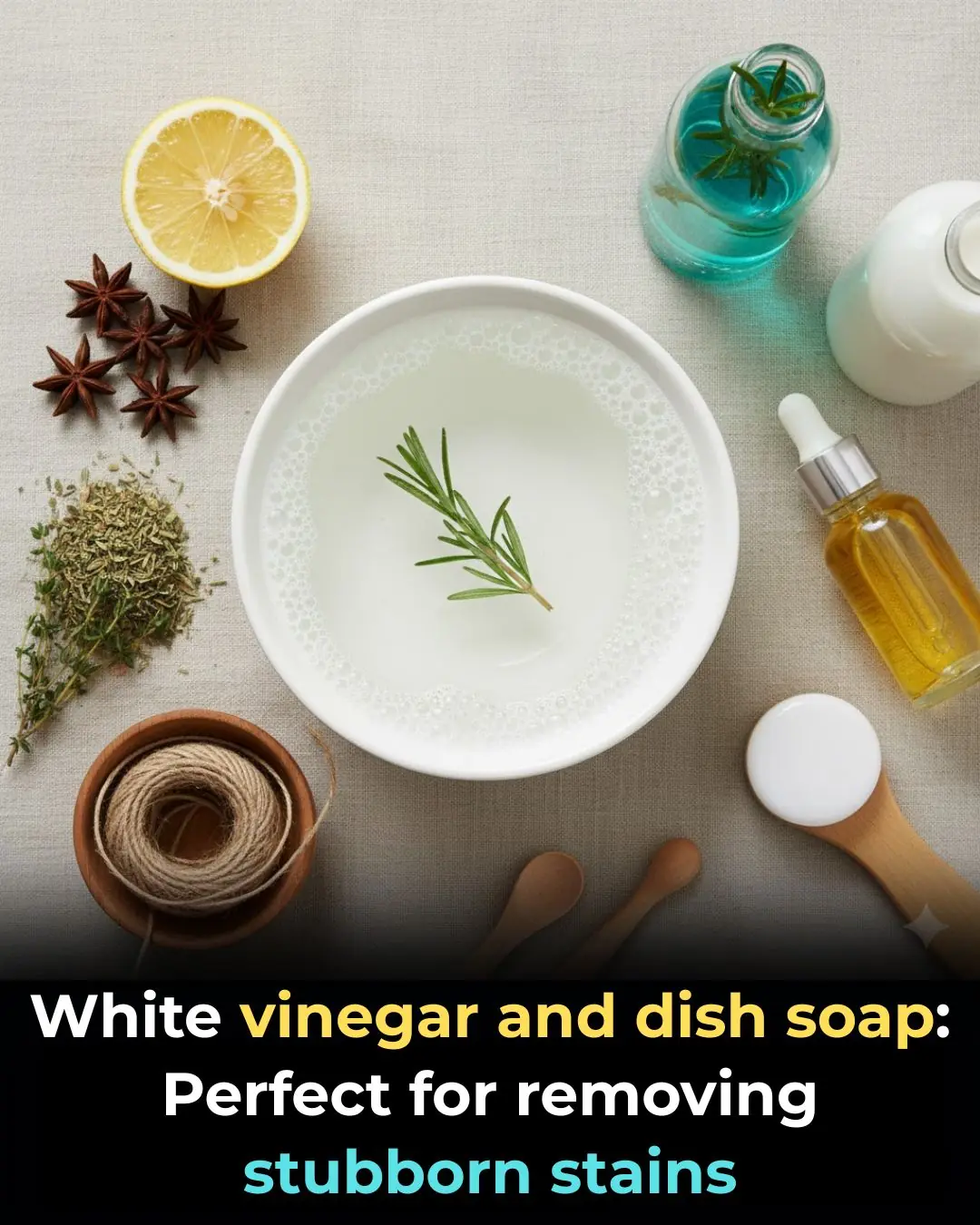
White vinegar and dish soap: Perfect for removing stubborn stains
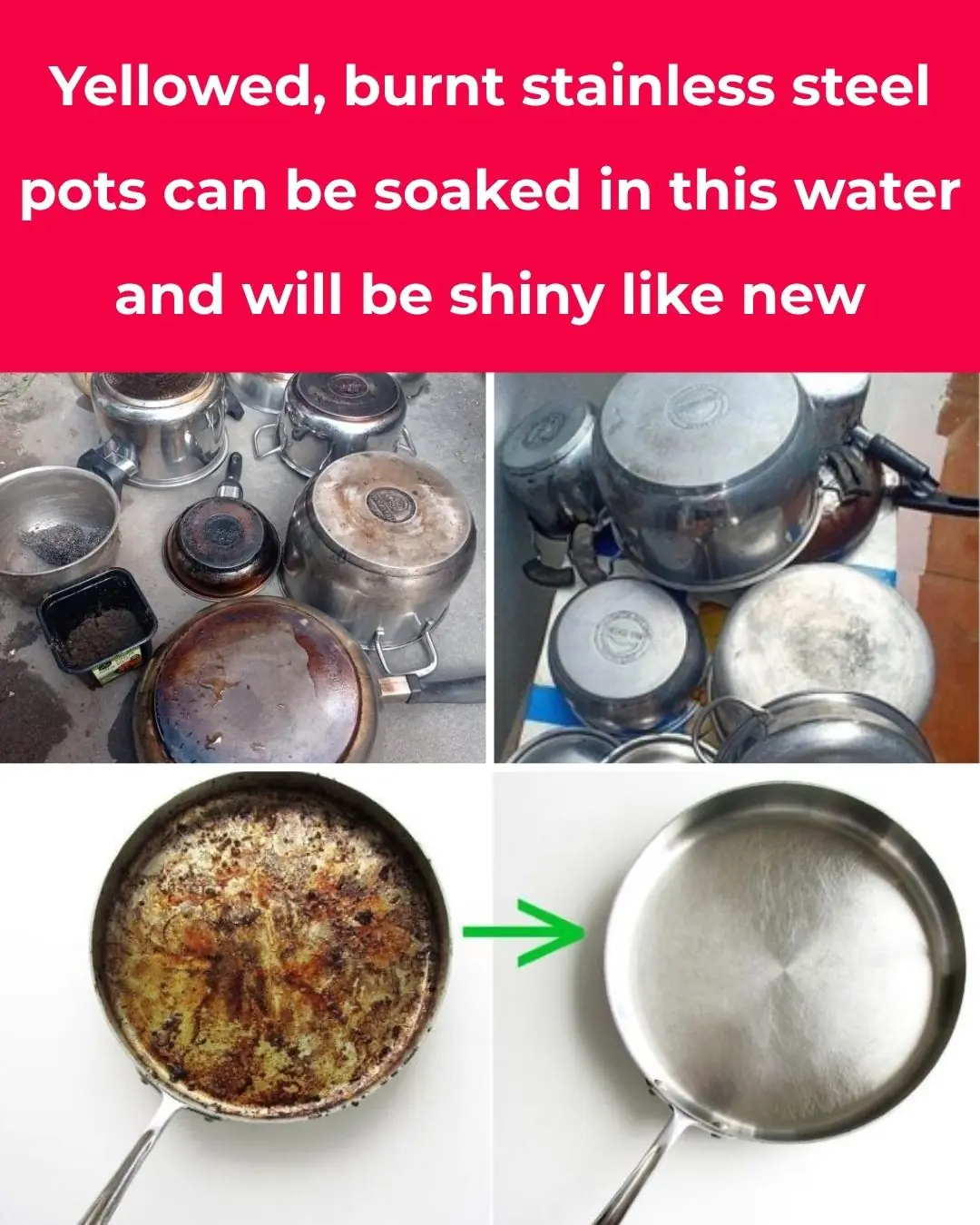
Stainless steel pots that are yellow or blackened should be soaked in this water and they will shine like new
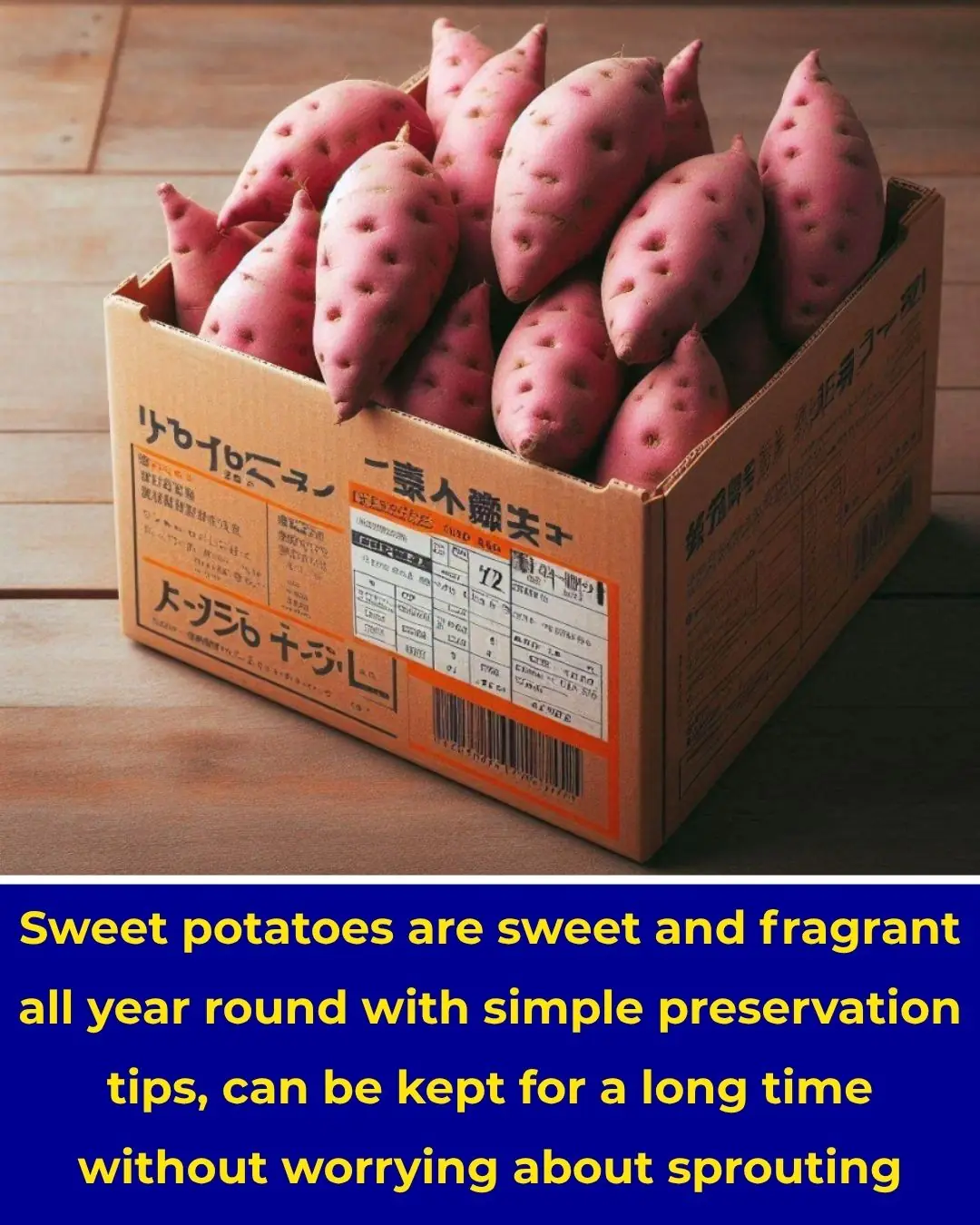
Sweet potatoes are sweet and fragrant all year round with simple preservation tips, can be kept for a long time without worrying about sprouting
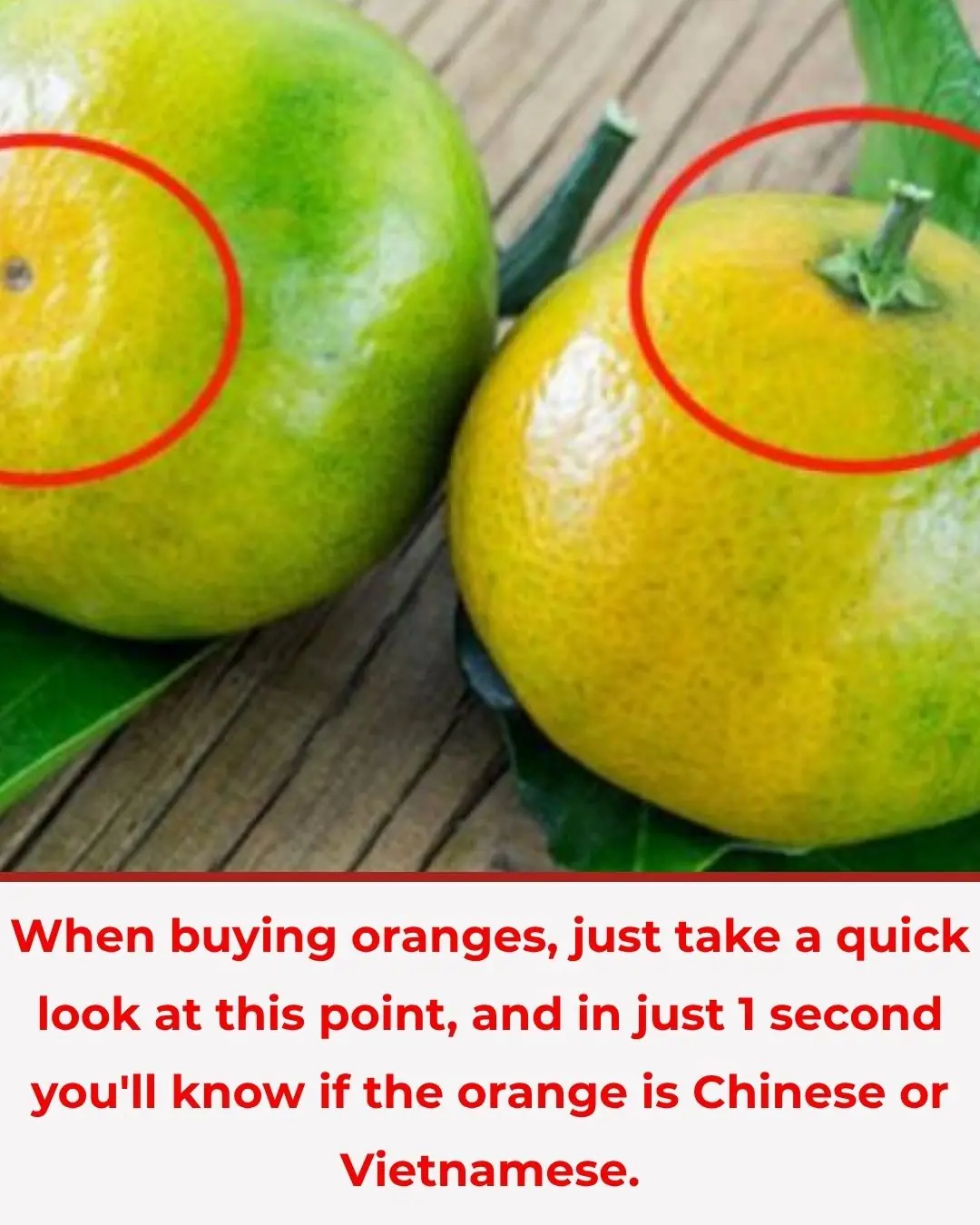
When buying oranges, just take a quick look at this point, and in just 1 second you'll know if the orange is Chinese or Vietnamese.

Effective tips to deodorize the toilet, many people do not know
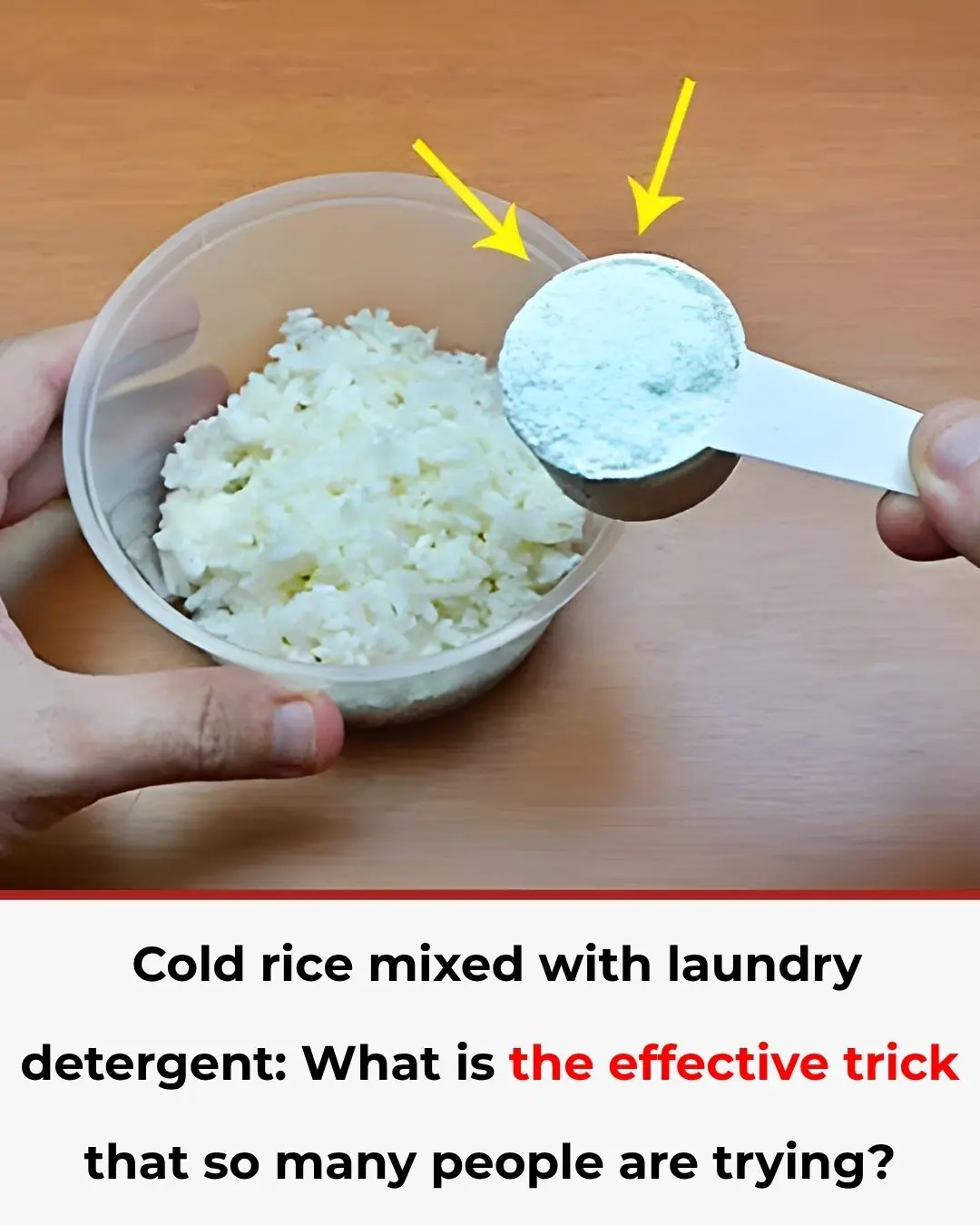
Cold rice mixed with laundry detergent: What is the effective trick that so many people are trying?

3 Deadly Mistakes People Make with Water Heaters – Don’t Risk Your Life
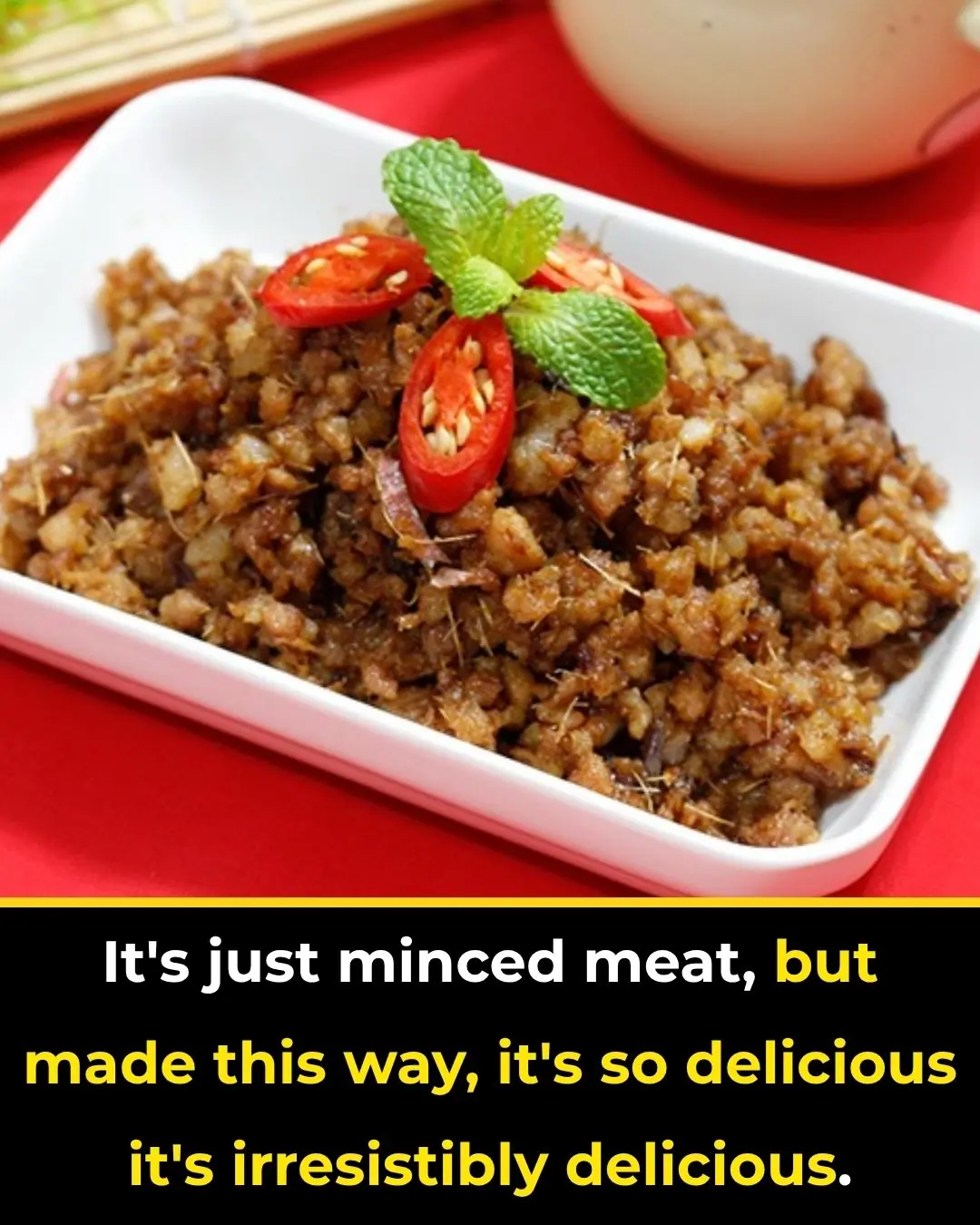
Just Minced Meat, But Made This Way, It Becomes Irresistibly Delicious

Top 10 Occupations with the Highest Risk of Cancer
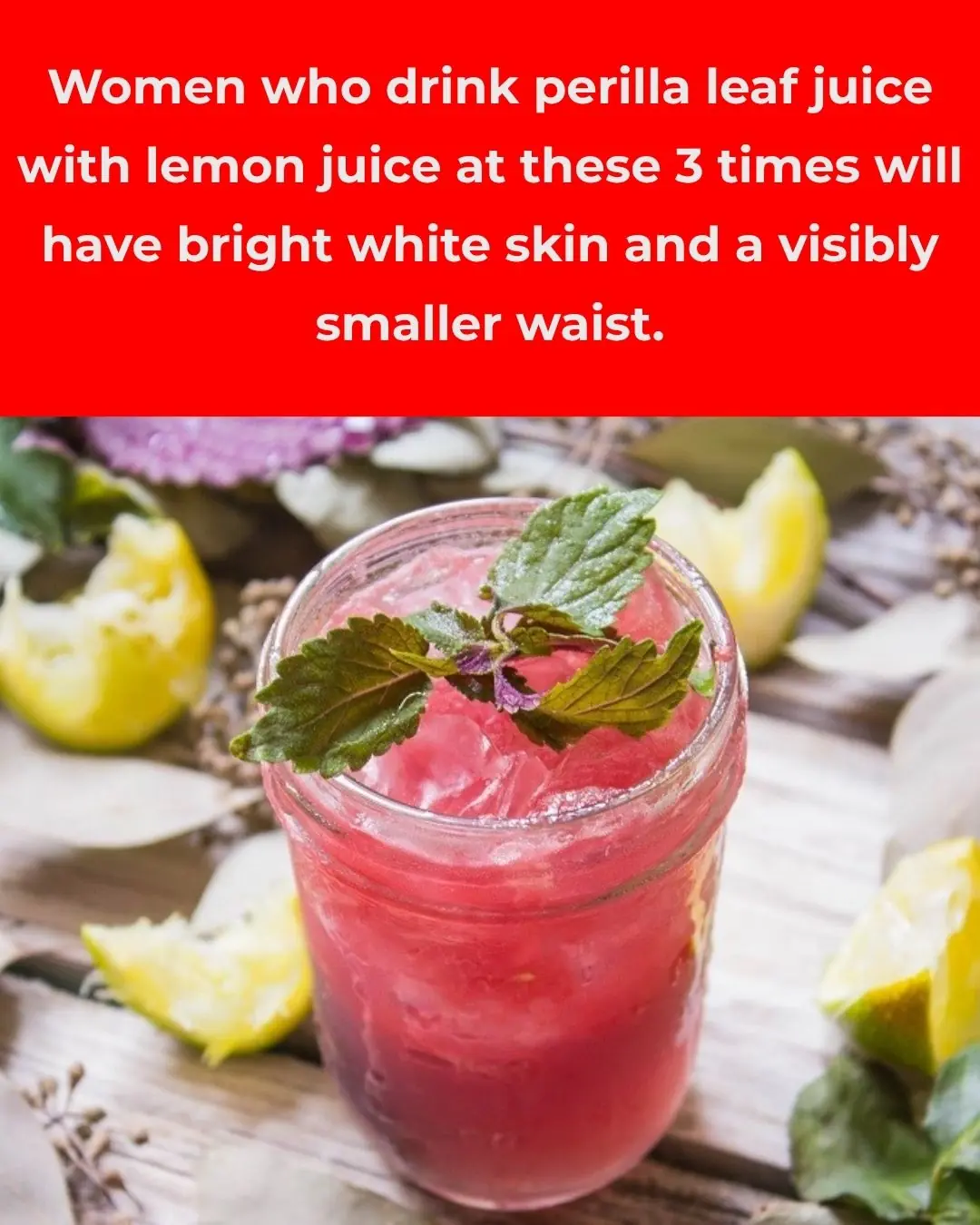
Women Who Drink Perilla Leaf Water with Lemon at These 3 Times: Brighter Skin and a Slim Waist

Why Is the Left Burner of a Gas Stove Not Ideal for Cooking?

Is It Dangerous to Stay Inside a Car During a Lightning Storm?
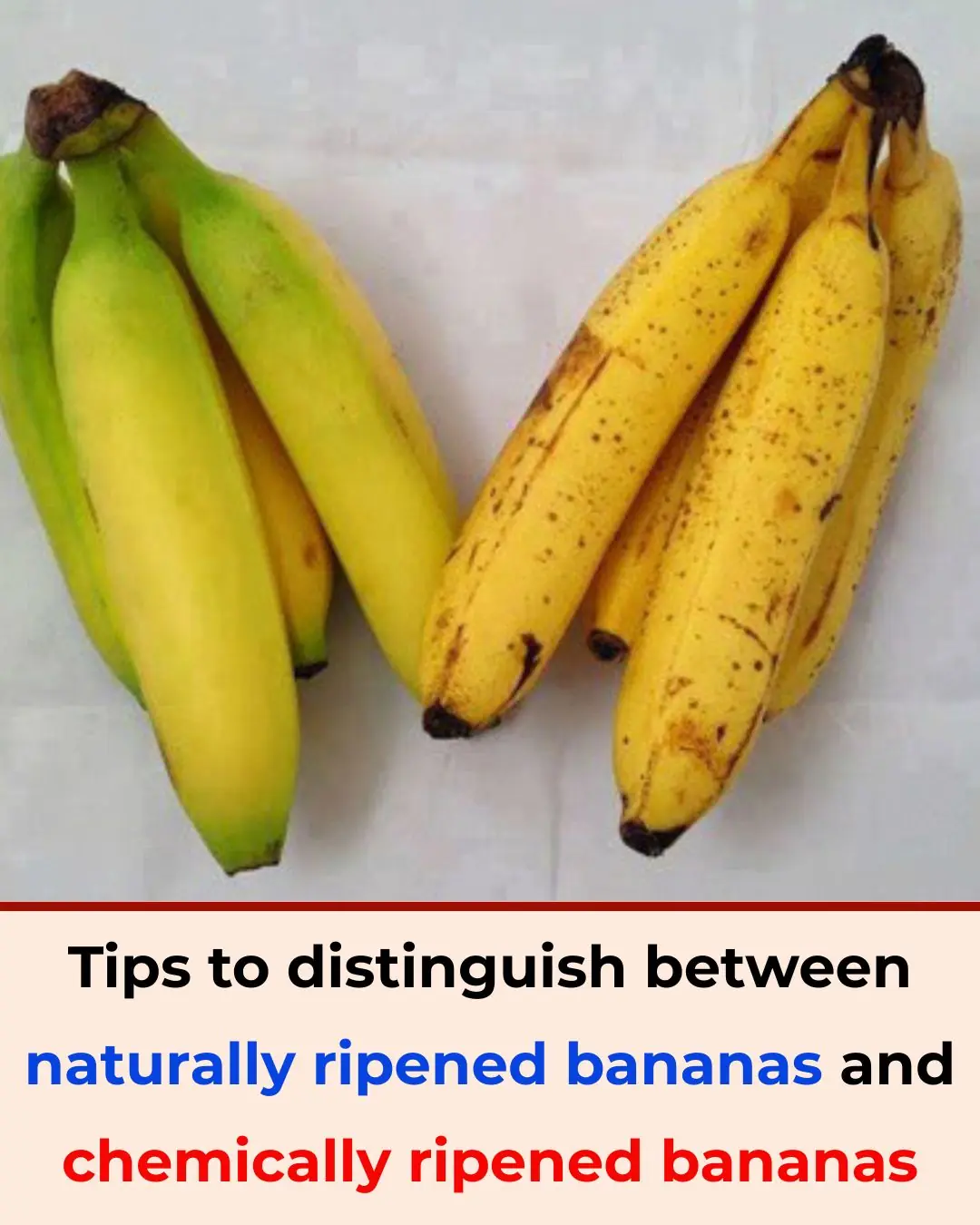
Tips to Distinguish Naturally Ripened Bananas from Chemically Ripened Ones
News Post

Kidney doctor reveals 9 everyday medications that could be silently destroying your kidneys!

Don’t Toss That Tuna Can

4 things you shouldn't keep

Predictions made about King Charles’ future with whispers of ‘conflict’ as he celebrates his birthday

Clothes worn for a long time turn yellow, use this method to make them white again like new
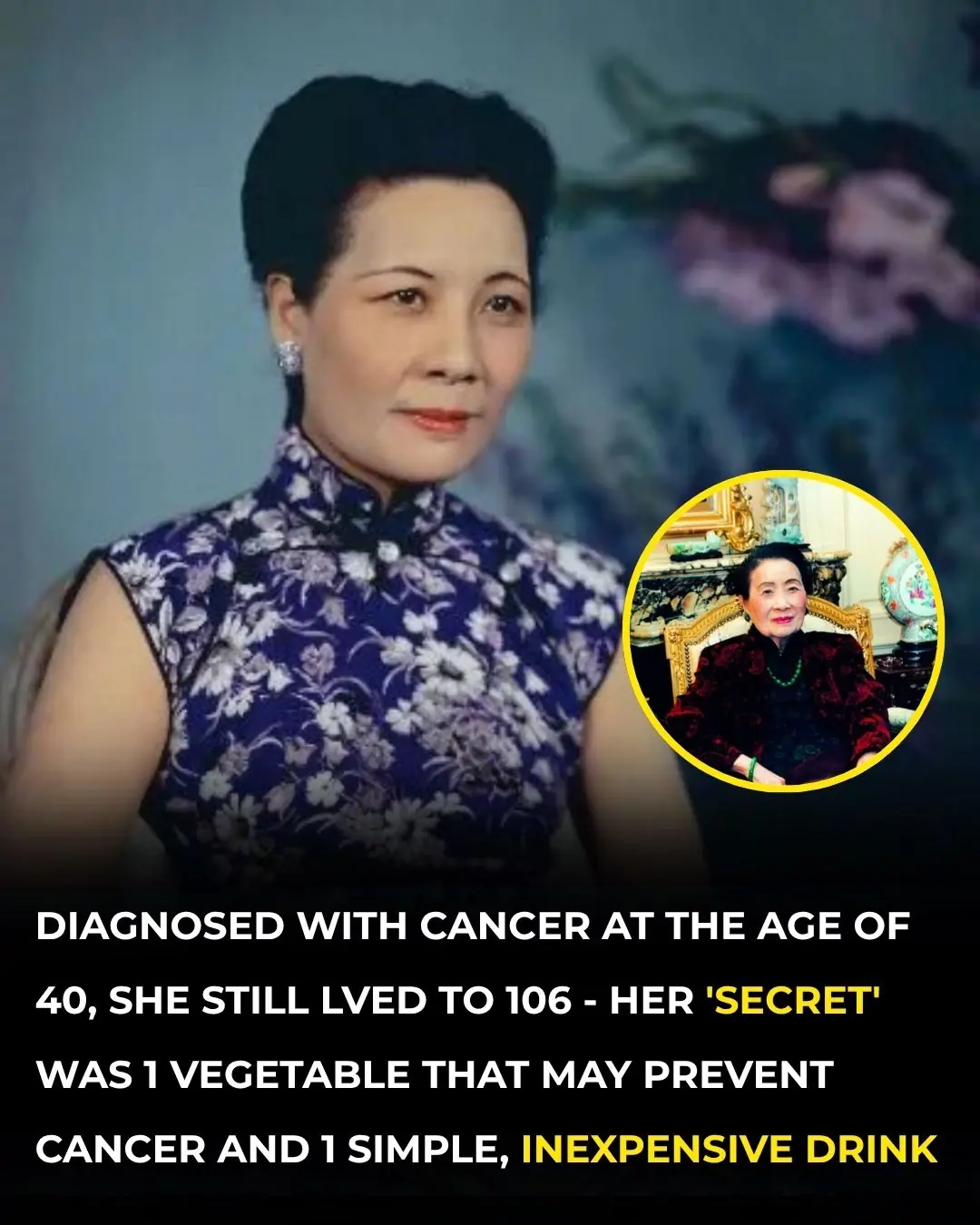
A legacy of health: Soong Mei-ling – longevity and fight against cancer

EastEnders icon Pat Evans to return as Nigel’s dementia symptoms worsen

Celebrity Race Across The World’s Dylan Llewellyn comforted by Roman Kemp after revealing brother James’ heartbreaking death

How to remove fishy smell in the refrigerator with simple ingredients

Princess Beatrice hosts poignant premature birth charity event with support of her husband Edoardo

It only takes 5 minutes to plant green onions in the core of toilet paper, saving you money all year round.

Whatever you fry, just add 1 spoon of this powder to the pan, no oil will splatter, the food will be golden brown and crispy.

Boiled chicken that is not eaten up: Make this strange and easy to eat dish and it will be gone in no time.

Anton Du Beke pays tribute to Strictly co-star in emotional Morning Live interview: ‘Always my hero’

Dip fish in this before frying: Fish will be crispy and won't stick to the pan, no need to worry about oil splatter everywhere.

White vinegar and dish soap: Perfect for removing stubborn stains

Gordon Ramsay shares update after revealing skin cancer diagnosis: ‘It was a scare’

Kelvin Fletcher and wife Liz share Fletchers’ Family Farm update as they admit they’re ‘expecting’ little lambs
